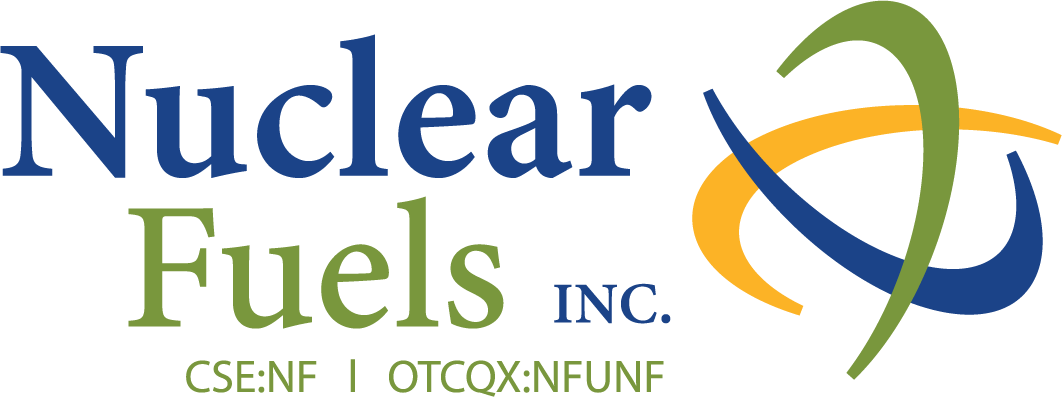Glossary
A - E
I- L
Indicated Resources
Can reasonably assume geological and grade continuity to support mine planning.
Inferred Resources
Inferred mineral resources are estimated using limited geological evidence and sampling information. There is not enough confidence to evaluate their economic viability in a meaningful way. One should not assume that all or any part of an inferred mineral resource will be upgraded to an indicated or measured mineral resource, but it is reasonably expected that the majority of inferred mineral resources could be upgraded to indicated mineral resources with continued exploration.
Injection Well
A cased well used to deliver fluids (leaching solution, waste liquids or water) into underground strata.
In-situ Recovery (ISR)
Leaching of ore conducted by introducing lixiviant to subsurface aquifer containing uranium mineralisation and subsequent recovery of uranium in a hydrometallurgical processing plant at the surface.
Ion Exchange
The transfer of uranium from uranium-bearing lixiviant to resin beads in an ion exchange column. The process is similar to that applied in domestic water softeners.
Lixiviant
Water, usually groundwater from the ore zone aquifer, to which chemicals including complexing agents and oxidants have been added to leach minerals from the ore.
M - N
Mineral Reserves
A Mineral Reserve is the economically mineable part of a Measured Mineral Resource and/or Indicated Mineral Resource. Mineral Reserves are subdivided in order of increasing confidence into Probable Mineral Reserves or Proved Mineral Reserves.
Measured & Indicated Resources
Measured and indicated mineral resources can be estimated with sufficient confidence to allow the appropriate application of technical, economic, marketing, legal, environmental, social and governmental factors to support evaluation of the economic viability of the deposit.
Measured Resources
Can confirm both geological and grade continuity to support detailed mine planning.
Monitoring well
Monitoring well means a well that is used to measure or monitor the level, quality, quantity, or movement of subsurface water. Monitoring wells can either be specifically drilled for monitoring groundwater or may be preexisting domestic or public-supply wells that are also used for monitoring
NI 43-101
National Instrument 43-101, or NI 43-101 is a national instrument for the Standards of Disclosure for Mineral Projects within Canada. The Instrument is a codified set of rules and guidelines for reporting and displaying information related to mineral properties owned by, or explored by, companies which report these results on stock exchanges within Canada. This includes foreign-owned mining entities who trade on stock exchanges overseen by the Canadian Securities Administrators, even if they only trade on Over The Counter (OTC) derivatives or other instrumented securities.
Nuclear Energy
An energy source that has zero emissions. Nuclear energy comes from splitting atoms in a reactor to heat water into steam, turn a turbine and generate electricity. Ninety-three nuclear reactors in 28 states in the U.S. generate nearly 20 percent of the nation’s electricity, all without carbon emissions because reactors use uranium, not fossil fuels. These plants are always on: well-operated to avoid interruptions and built to withstand extreme weather, supporting the grid 24/7.
Nuclear Fuel
Fissionable materials that have been enriched to such a composition that, when placed in a nuclear reactor, will support a self-sustaining fission chain reaction, producing heat in a controlled manner for process use.
P - Y
Permeability
The capacity of a porous rock for transmitting a fluid.
Proven & Probable Reserves
Mineral reserves are the economically mineable part of measured and/or indicated mineral resources demonstrated by at least a preliminary feasibility study. The reference point at which mineral reserves are defined is the point where the ore is delivered to the processing plant, except for ISR operations where the reference point is where the mineralization occurs under the existing or planned wellfield patterns. Mineral reserves fall into two categories:
Probable reserves: the economically mineable part of a measured and/or indicated resource for which at least a preliminary feasibility study demonstrates that, at the time of reporting, economic extraction could be reasonably justified with a degree of confidence lower than that applying to proven reserves.
Proven reserves: the economically mineable part of a measured resource for which at least a preliminary feasibility study demonstrates that, at the time of reporting, economic extraction could be reasonably justified with a high degree of confidence. A Proved Mineral Reserve represents the highest confidence category of Mineral Reserve estimate.
Reclamation
Process of restoring surface environment to acceptable pre-existing conditions. Includes surface contouring, equipment removal, well plugging, revegetation, etc.
Sandstone-hosted Uranium
Sandstone uranium deposits represent uranium concentrations formed by low-temperature hydrothermal processes, usually of diagenetic to epigenetic origin. The deposits are commonly hosted in arkosic sandstone and are therefore referred to as sandstone-hosted uranium.
Solvent Extraction
A separation process in which two water-based and organic-based solvents are brought into contact for the transfer or recovery of a component, in the present case uranium.
Uranium oxide
Uranium concentrate or yellowcake. Abbreviated as U3O8.
Uranium
A heavy, naturally radioactive, metallic element (atomic number 92). Its two principally occurring isotopes are uranium-235 and uranium-238. Uranium-235 is indispensable to the nuclear industry because it is the only isotope existing in nature, to any appreciable extent, that is fissionable by thermal neutrons. Uranium-238 is also important because it absorbs neutrons to produce a radioactive isotope that subsequently decays to the isotope plutonium-239, which also is fissionable by thermal neutrons.
Yellowcake
A natural uranium concentrate that takes its name from its color and texture. Yellowcake typically contains 70 to 90 percent U3O8 (uranium oxide) by weight. It is used as feedstock for uranium fuel enrichment and fuel pellet fabrication.

